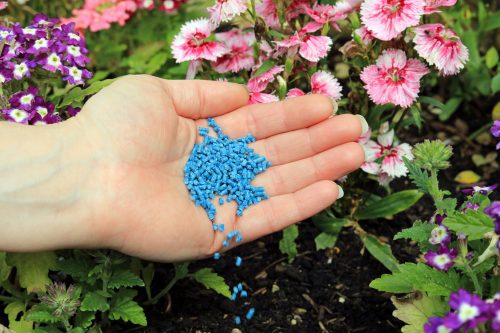Understanding what is meant by the term “applied horticulture” necessitates the consideration of an essential definition. To truly understand what is applied horticulture, you need to familiarize yourself with its history and place in the modern world of the 21st century.
Essential Definition of Applied Horticulture
Horticulture generally is considered to be an outgrowth of plant physiology, which itself is a sub-discipline of botany. There is an association between horticulture and agriculture, which is reflected in the structure and origins of this pair of words. With that said, agriculture is concerned with farming operations more generally while horticulture is focused specifically on the physiology and cultivation of plants alone.
The essential definition of applied horticulture is a program with a focus on the production and processing of domesticated flora, according to the National Center for Education Statistics. The specific types of flora or plant life within the province of applied horticulture include domesticated plants or crops, flowers, foliage, trees, and other related plants. Applied horticulture also is concerned with the business operations associated with cultivating plants as well as the technical aspects related to comprehensive plant cultivation. Applied horticulture applies scientific principles to understand the nature of specific plants and to address the management and care of these plants.

Major Horticultural Applications
There are some more commonplace horticultural applications in this day and age:
- Arboriculture is the planting, cultivation, care, and removal of trees, vines, shrubs, and other perennial woody plants.
- Turf management is the production, cultivation, and maintenance of turf or grass for leisure use, sports, and scenic enhancement.
- Floriculture is the cultivation and marketing of floral crops.
- Landscape horticulture is the production, marketing, and maintenance of landscape plants
- Olericulture is the production and marketing of vegetables.
- Pomology is the production and marketing of fruit.
- Viticulture is the production and marketing of grapes.
- Enology involves all aspects of wine and winemaking.
- Postharvest physiology involves maintaining the quality and preventing spoilage of harvested plants.
Horticulture Versus Agriculture
Horticulture differs from agriculture in two primary ways. First, horticulture is concerned with smaller-scale cultivation, as a general rule. Second, horticultural cultivation typically involves a wider variety of crops at one site. While an agricultural operation likely focuses on cultivating one or perhaps two types of crops, a horticultural one includes many different types of crops at the same plot or site. Community gardens are illustrative of a horticultural operation.
Birth of Horticulture
Horticulture, including in its applied form, has a storied history. Horticulture is said to date back to the rule of Cyrus the Great sometime between 600 and 530 BC. Cyrus the Great founded the Achaemenid Empire, which was the first Persian Empire.
Related Resource: 25 Best Affordable Applied Horticulture Degree Programs
The reality is that there is a considerable number of different types of educational and employment opportunities in the broader realm of applied horticulture. With the unique challenges facing industries, businesses, and professionals involved in plant production, marketing, and associated endeavors, the need for people with backgrounds in the realm of applied horticulture and related fields are expected to remain relatively strong over the coming decade, according to the U.S. Bureau of Labor Statistics.
 The Best Colleges
The Best Colleges The Lowest Costs
The Lowest Costs The Highest Returns
The Highest Returns